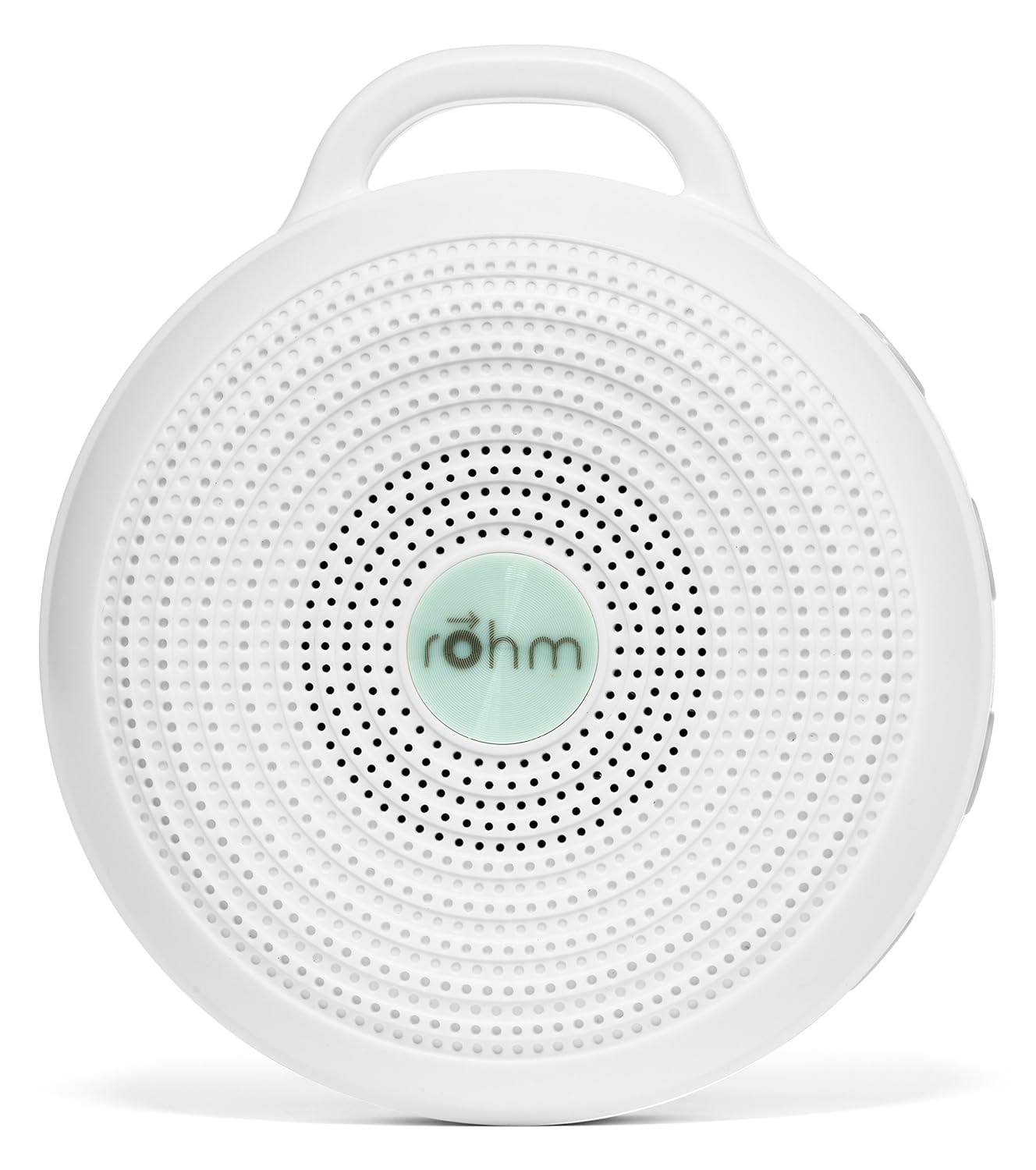
Additionally, if these sound devices were played continuously for an eight-hour period, the researchers wrote, “infants would be exposed to sound pressure levels that exceed occupational noise limits” for that time period for adults. Three of the infant sleep machines in this study had outputs greater than 85 decibels, which exceeds that recommendation. occupational health and safety authorities have recommended a workplace limit of 85 decibels over eight hours for adults. Hospital nurseries and neonatal intensive care units have set a noise equivalent of 50 decibels on average over the course of an hour, according to the study. Hands-off approaches OK for sleepless infants, study says These machines play a total of 65 different sounds, including white noise, “nature” sounds, mechanical sounds and heartbeat sounds. The particular machines are not named in the study, but researchers said they are “widely available in the United States and Canada.” Papsin declined to reveal which products were used. The 30-centimeter measurement resembles a typical distance from a baby’s head to the crib rail 100 centimeters would be near a crib and 200 centimeters would be across the room from a crib. Researchers tested 14 infant sleep machines at maximum volume, analyzing the noise level production from distances of 30, 100 and 200 centimeters.

Blake Papsin, who is affiliated with the University of Toronto and the Hospital for Sick Children in Toronto. “These machines are capable of delivering enough of a dose over a period of time to theoretically cause hearing loss, but that’s not been tested,” said the study’s senior author Dr. Experts disagree on what recommendations should be given on using these machines. A good rule of thumb is to turn it off before you go to bed at night, or once your baby has nodded off to sleep.However, it’s important to note that the goal of the study was to measure the maximum effective output levels – not to observe direct effects on children. Avoid putting the sleep machine in your baby’s cot, or tying it to the rails of the cot (often recommended with some sleep machines).Īvoid using white noise for long periods of time. Use the machine at least two metres away from your baby’s sleep space. Ensure that the volume is always set for below 50 decibels. While some sleep experts may suggest it needs to be loud to be effective, your baby is still likely to benefit from white noise at a modest volume. You can use an app to measure the noise emitted by your white noise machine to test whether it exceeds safe noise levels. But while the results might sound alarming, it’s still possible to use a white noise machine in a safe way for your baby.

The findings have experts suggesting that white noise apps be monitored closely for sound and limited in their use. Listening to noise at this level over long periods of time can be harmful to hearing, particularly for delicate newborn ears. When these machines were placed outside of the cot, they were still found to exceed 50 decibels, the level considered safe in baby nurseries.Ĭare 9 clever parent hacks for wrangling wriggly babies Next in baby’s cot), the limit set as safe for workplaces. Eighty-five decibels of sound is equivalent to listening to a hair dryer or blender. In a study of 14 commercial noise machines, three of them were found to emit over 85 decibels when placed at a distance of 30 centimetres (i.e. White noise machines can be safe for baby as long as they are used correctly.

For example, the sounds of other children in the house, the vacuum, or noisy traffic outside. Many parents report that the use of white noise has been helpful in getting a baby to fall to sleep and stay asleep through other noise. White noise can be used to help lull babies to sleep as well as mask other noises in the house and surrounds.
BABY WHITE NOISE MACHINE AUSTRALIA HOW TO
Rest assured: How to organise your baby’s room for the best sleep.It turns out there are only 3 ways to get a baby to sleep.“It is 100 percent OK to feed your baby to sleep” says Instagram mum.


 0 kommentar(er)
0 kommentar(er)
